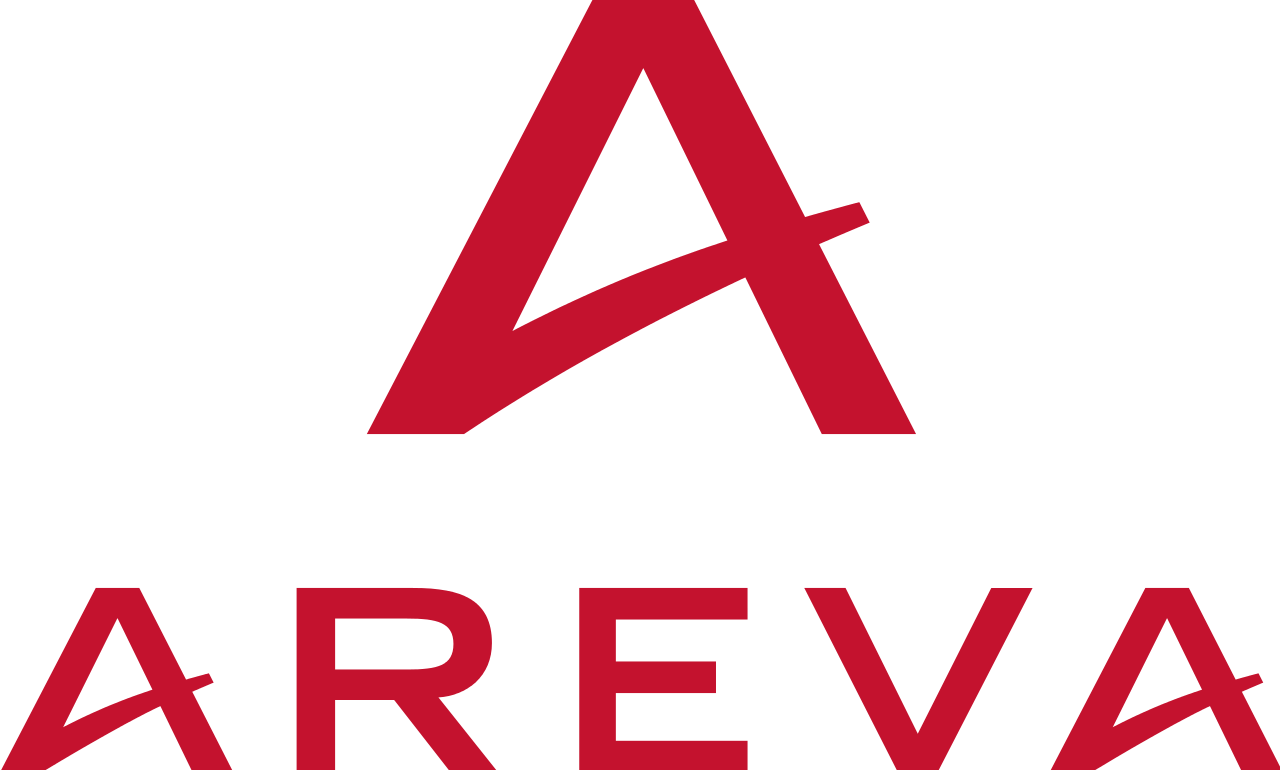What is the quantity of nitrates (NO3) released by the different plants of the COGEMA Group? All together, the COGEMA facilities release a total of about 1,000 tons of nitrogen per year (nitrate releases are normally expressed as nitrogen, the N in the chemical formula for nitrates: NO3).
In the industrial sector, these releases can be compared with those of the other groups which, like COGEMA, give the public figures in their respective environmental reports. For example, the facilities of the Rhône-Poulenc Group worldwide released over 6,500 tons in 1998, and Elf-Atochem's plants in France around 1,500 tons in 1999.
Yet it must be observed that the biggest source of nitrate releases into the environment is agriculture (67%, resulting from the use of fertilizers and/or livestock effluents), followed by municipalities (22%) and finally by industry (11%).Note also that the Seine dumps 80,000 to 100,000 tons of nitrogen per year into the North Atlantic oceanic environment.
How does COGEMA help reduce nitrate releases?
Although on the whole, COGEMA releases are small compared with total nitrate releases into the natural environment, particularly those due to the agricultural and agri-food industries, COGEMA has initiated programs to reduce these releases.Thus, at the COGEMA plant in La Hague, which, with nearly 850 tons of nitrogen released per year, is the Group's facility most concerned by this issue, nitrate releases have been cut by nearly 40% in recent years.
Today, after dilution, these releases represent about 5% of the pre-existing local seawater concentrations, and we are investigating the installation of a new nitric acid recycling station to reduce them further.
Can we anticipate zero nitrate releases some day?
In industry, as in any other activity, it is clear that "zero release" means "zero activity". However, for Nitrates just as for any other type of release, COGEMA's aim is to minimize the releases generated by its operations. Concerning the La Hague plant, note that the added nitrate concentration in the seawater in the neighborhood of the installation is 50 micrograms per liter, or 1,000 times less than the most severe standard, the one defining the potabliity of water (50 milligrams/liter).
